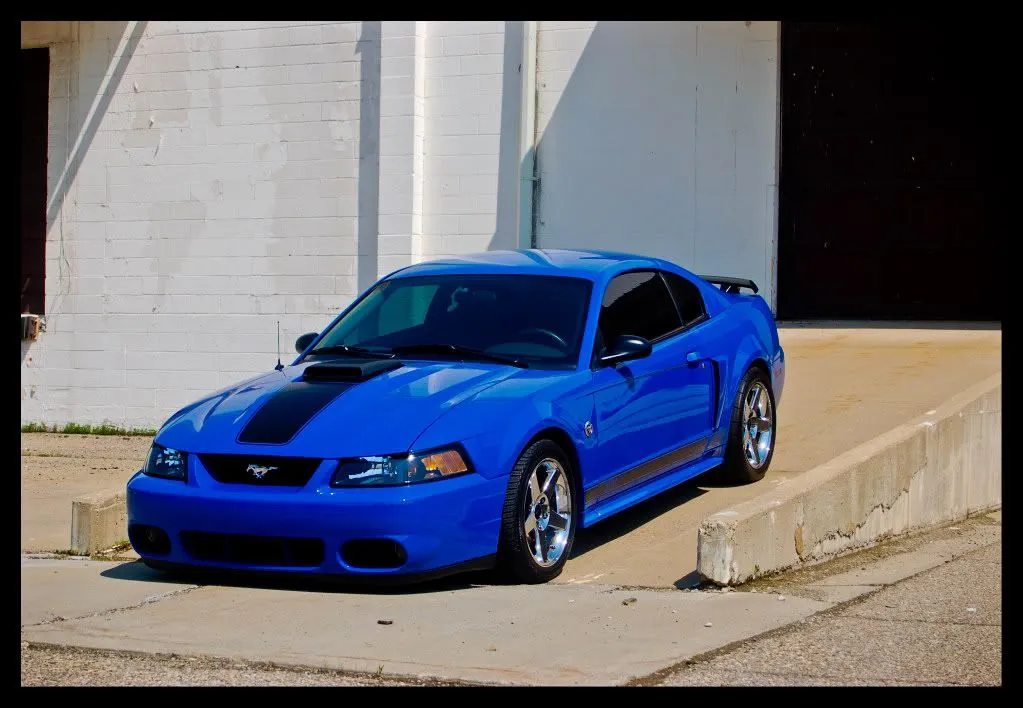Top 5 Facts About Mach 1 Diecast Cars
The Ford Mach 1, a legendary nameplate, has captivated car enthusiasts for decades. Beyond the full-size vehicles, the Mach 1 has also found a strong following in the world of diecast cars. These miniature replicas offer a way for collectors and fans to appreciate the car’s iconic design and performance in a more accessible form. The 2003 Azure Blue Mach 1 diecast is a particularly sought-after model, capturing the essence of the real-life car with remarkable detail. This article will delve into the top 5 facts about Mach 1 diecast cars, focusing on their history, the intricacies of the Azure Blue model, manufacturing, collecting, and care.
The History of the Mach 1
The Mach 1 first appeared in 1969 as a performance-oriented trim package for the Ford Mustang. Instantly recognizable with its distinctive striping, hood scoop, and aggressive stance, the Mach 1 became a symbol of power and style. This iconic status translated to the world of diecast models, with various manufacturers producing miniature versions that mirrored the car’s evolution. The 2003 Azure Blue model pays homage to a later generation of the Mach 1, which continued to embody the spirit of its predecessors. The evolution of the diecast Mach 1 mirrors the automotive changes over time. Each diecast car tells its own story as it recreates each generation, allowing collectors and enthusiasts to own a piece of history.
Early Mach 1 Models
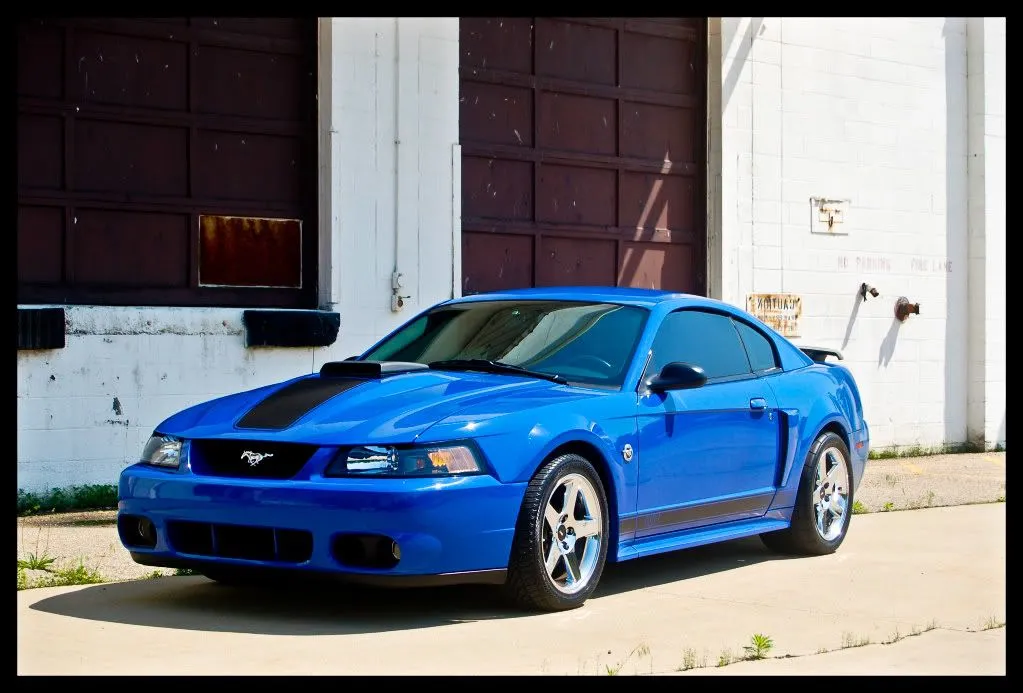
Early diecast models of the Mach 1, particularly those representing the first-generation cars from the late 1960s and early 1970s, are highly prized by collectors. These models often feature intricate details, such as the distinctive shaker hood, side stripes, and specific interior features that define the early Mach 1. The materials and manufacturing processes were evolving during this period, which makes each diecast model a unique representation of the era. Collectors value the authenticity of these models, often seeking out those that accurately replicate the original paint colors, decals, and mechanical components. Finding these models can be a rewarding search, reflecting their rarity and the enduring appeal of the original muscle cars.
The Evolution of the Mach 1 Diecast
As the real-world Mach 1 evolved through different generations, so did the diecast models. This evolution included changes in design, materials, and manufacturing techniques. Early diecast cars were often made using simple methods, with less attention to detail. Over time, manufacturers began to incorporate more sophisticated processes, allowing for greater accuracy and realism. Modern diecast Mach 1 models feature intricate details, such as detailed engines, realistic interiors, and accurate paint finishes. The 2003 Azure Blue model exemplifies this evolution, showcasing the advancements in diecast technology that have occurred over the years, resulting in more refined and accurate representations of the classic car.
Azure Blue 2003 Mach 1 Diecast
The 2003 Azure Blue Mach 1 diecast represents a specific iteration of the iconic car. This model is particularly popular among collectors due to the vibrant Azure Blue paint color, which was a signature hue for the 2003 Mustang. The diecast version perfectly captures the car’s sleek lines and muscular stance. The 2003 model maintains the legacy of the Mach 1, featuring a retro design that pays tribute to its heritage, while embracing modern styling. This diecast car not only acts as a collectible, but is also a work of art that showcases the beauty of this model and its enduring appeal.
Details of the 2003 Azure Blue Mach 1
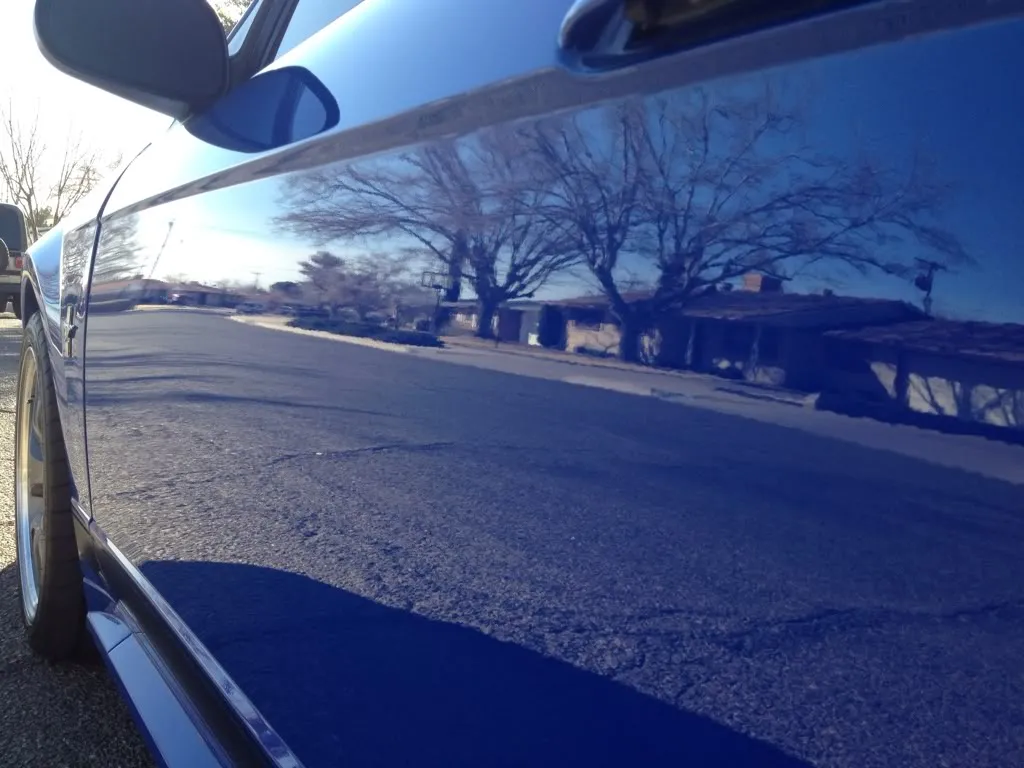
The 2003 Azure Blue Mach 1 diecast is known for its meticulous attention to detail. The model typically includes features such as accurate body lines, detailed engine components visible through the hood, and realistic interior features. The wheels and tires are often replicated with precision, and the paint finish matches the Azure Blue color of the original car. The diecast also includes authentic decals and markings. These details are essential to capturing the essence of the real car and making it desirable to collectors. These features enhance the realism and value of the diecast, making it a standout piece in any collection.
Why Azure Blue is Coveted
The Azure Blue color is a key factor in the popularity of this model. The vibrancy of the color is not only eye-catching but also historically significant, as it was a signature color for the 2003 Mustang. Diecast models in this color are highly sought after because they accurately represent the original car’s appearance, and also because of the rarity and limited production of the azure blue version. For many collectors, the Azure Blue color represents a defining aspect of the 2003 Mach 1. This makes it a highly desirable addition to any collection, as it captures a specific moment in automotive history. The color’s aesthetic appeal enhances the model’s value.
Materials and Manufacturing of Mach 1 Diecast
The creation of a Mach 1 diecast involves a series of intricate processes and high-quality materials. The primary material used is diecast metal, which allows for intricate detailing and durability. The manufacturing process typically begins with the creation of molds based on the original car’s specifications. These molds are then used to cast the metal parts of the car. Following the casting, the parts are cleaned, assembled, and painted. Finally, details such as decals, interior components, and wheels are added to complete the model. The skill and precision in both material selection and manufacturing are critical to the quality and authenticity of the finished product.
Diecast Metal Composition
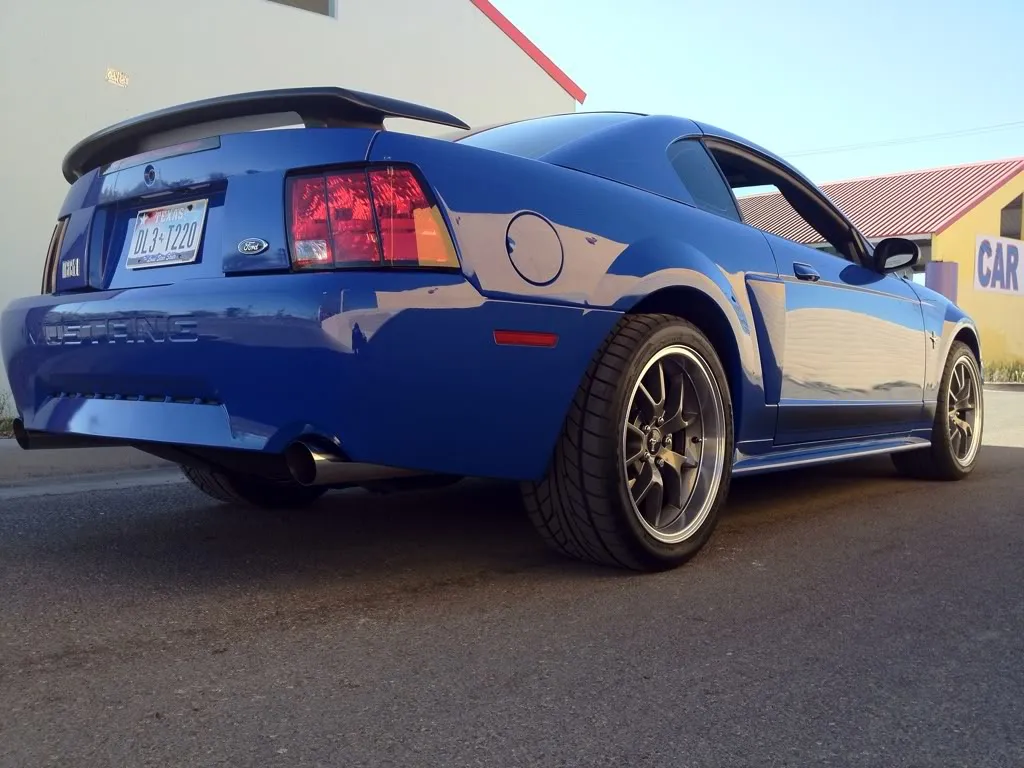
Diecast metal is a critical component in creating these detailed replicas. This alloy typically comprises a mixture of zinc, aluminum, magnesium, and copper. This composition provides the necessary strength and detail definition. The use of diecast metal allows for the intricate details that make these models so appealing. The metal is heated and injected into molds under high pressure, allowing it to capture the intricate details of the car’s design. The choice of diecast metal ensures that the models are durable, and also provides the right surface for the paint and other finishes.
The Painting Process
The painting process is a crucial step in bringing the Mach 1 diecast to life. The paint job has to perfectly match the original car’s color, such as Azure Blue. The process involves multiple steps. After the parts are cleaned and prepared, a primer is applied to ensure the paint adheres properly. The base coat is then applied, followed by clear coats to protect the finish and enhance the shine. Detailed painting of trim, stripes, and other features is often done by hand or using specialized machines. The quality of the paint job can significantly affect the overall appeal and value of the model. The choice of paint and the skill of the painters determine the final appearance of the diecast model.
Scale and Accuracy
Scale and accuracy are fundamental aspects of diecast car models. Different scales are used to represent the car, with the most popular being 1:18, 1:24, and 1:43. Each scale represents a ratio of the model’s size to the real car’s size. The accuracy of the model refers to how precisely it mirrors the real-life vehicle, from its dimensions and body lines to the interior details and engine components. A high level of accuracy is essential for collectors, as it enhances the model’s realism and value. Careful attention to scale and accuracy ensures that the diecast model not only looks the part, but also represents the real vehicle accurately.
Popular Scales
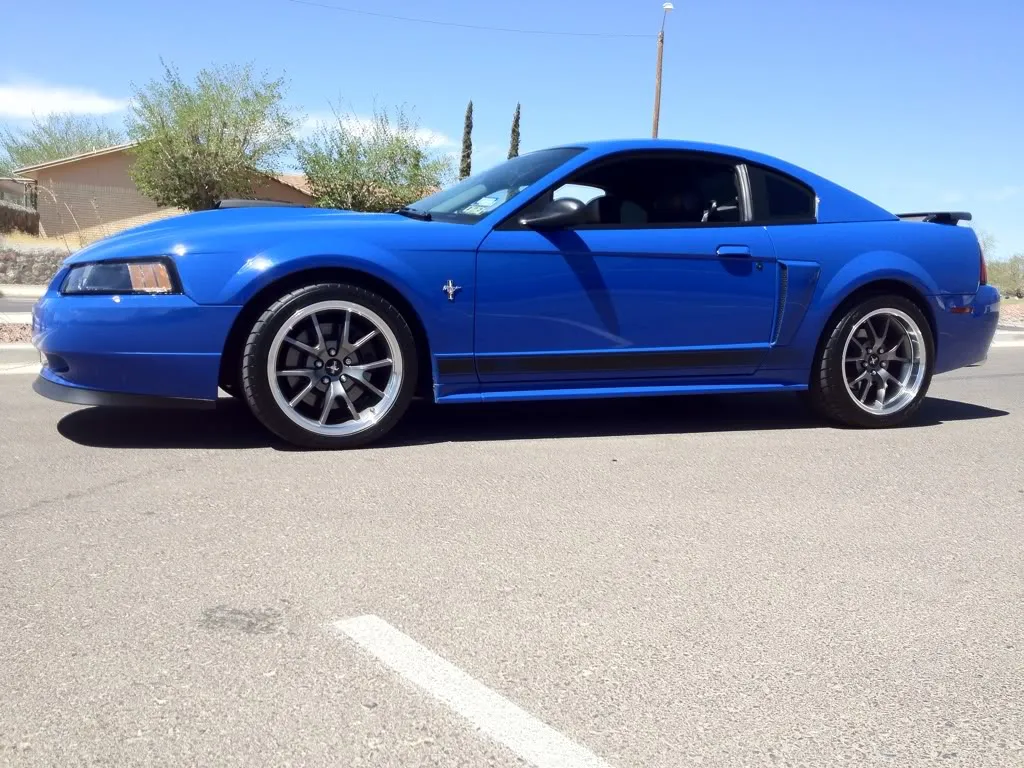
Several scales are widely used in the diecast car world, each offering its own advantages. The 1:18 scale is a popular choice. These models are large enough to display significant detail, yet still manageable for collectors. The 1:24 scale is another common choice. This scale offers a balance between detail and size, making them popular for beginners and experienced collectors. The 1:43 scale is a smaller scale, making it ideal for those with limited space. The choice of scale often depends on personal preference, collection size, and the level of detail desired. Each scale provides a unique perspective on the original vehicle.
Collecting and Value of Mach 1 Diecast
Collecting Mach 1 diecast cars has become a popular hobby among car enthusiasts. The value of these models varies based on a variety of factors. Rare models, limited editions, and those in excellent condition tend to command higher prices. Collecting allows enthusiasts to own a piece of automotive history. The value of a diecast model can also be influenced by the manufacturer, the level of detail, and the historical significance of the car it represents. Building a collection is a rewarding experience. The thrill of finding a rare model and the joy of sharing the collection with other enthusiasts.
Factors that Affect Value
Several factors affect the value of a Mach 1 diecast. Rarity is a key driver. Limited edition models and those produced in smaller quantities often command higher prices. The model’s condition is also extremely important. Models in mint condition, with original packaging, are more valuable than those with wear and tear. The manufacturer’s reputation can also affect value. Highly regarded brands known for their quality and detail tend to be more valuable. The presence of original boxes and documentation, as well as special features, also contribute to a higher valuation. The condition and completeness greatly impact the value.
Rarity and Limited Editions
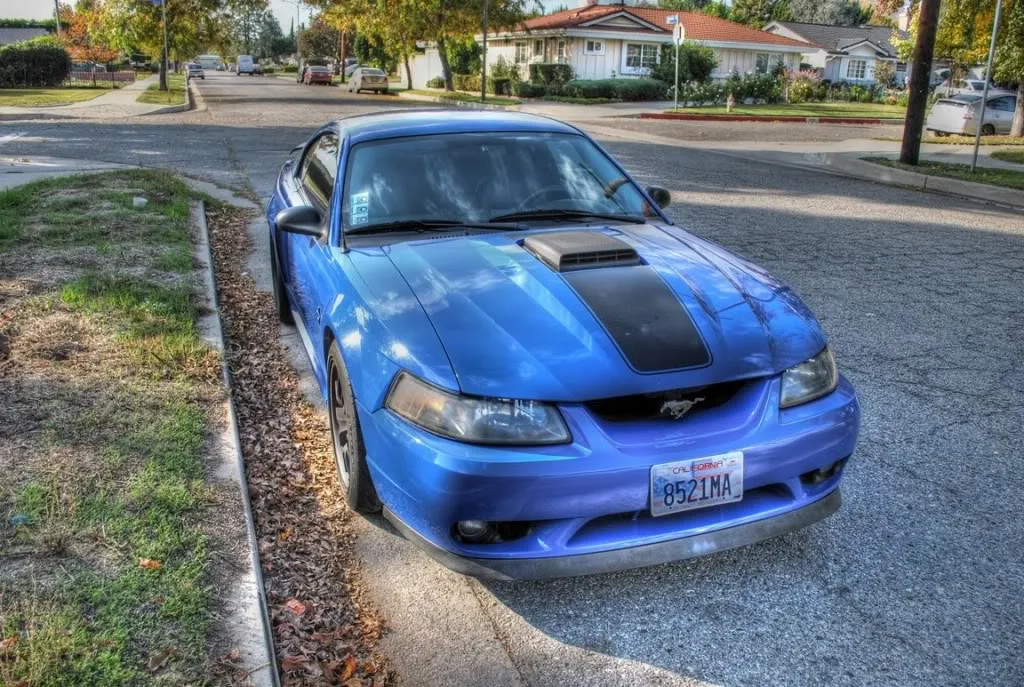
Rarity and limited editions significantly impact the value of Mach 1 diecast cars. Models produced in limited quantities are more exclusive, increasing their desirability among collectors. Limited edition models often feature unique details. These can include special paint colors, custom interiors, or specific decals. These unique features make them highly sought-after. The rarity of a model is often directly linked to its value. Collectors seek out these models because they are harder to find. Rarity adds to the prestige of a collection.
Condition and Grading
The condition of a diecast model is a primary determinant of its value. The grading of a model helps to assess its condition. Common grading terms include mint (M), near mint (NM), excellent (EX), good (G), and fair (F). Mint condition signifies that the model is in perfect condition. It usually has no flaws and may have been kept in its original packaging. Near mint models are also in excellent condition, with only minor imperfections. The better the condition, the higher the value. Collectors meticulously examine the models, looking for scratches, paint imperfections, and missing parts. Proper storage and care are essential to preserving the model’s condition and its value.
Where to Find Mach 1 Diecast
Finding Mach 1 diecast cars involves exploring a variety of sources. Online marketplaces and specialist dealers offer extensive collections. Attending car shows and swap meets is another way to discover rare models. Building a collection is often a journey, combining online searches with in-person exploration. Each avenue provides a different set of opportunities and experiences for collectors. The search for these cars can be part of the fun.
Online Marketplaces
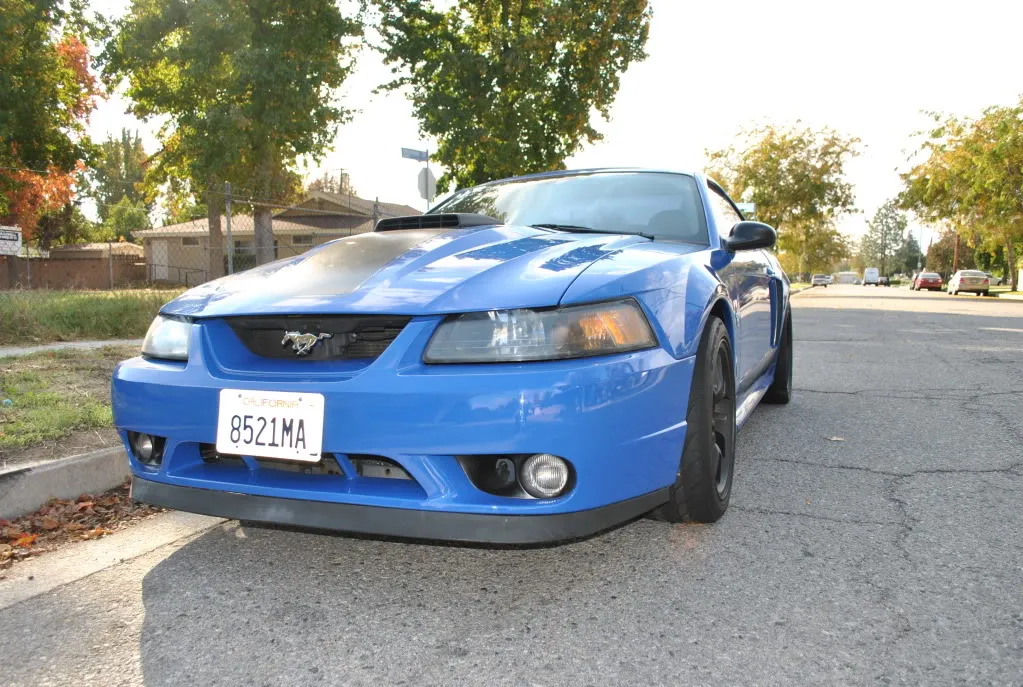
Online marketplaces, like eBay, offer a vast selection of Mach 1 diecast cars. These platforms allow collectors to search for specific models, compare prices, and read reviews. Marketplaces provide access to a wide range of sellers, including both individual collectors and professional dealers. When purchasing online, it is important to consider the seller’s reputation, the model’s condition, and shipping costs. Using online marketplaces can provide a convenient and efficient way to expand or start a diecast collection.
Specialist Dealers
Specialist dealers are another excellent source for Mach 1 diecast cars. These dealers specialize in collecting, restoring, and selling diecast models. They often have an extensive inventory. They can provide expert advice and authentication services. Specialist dealers frequently have rare and valuable models. The expertise of these dealers is invaluable to collectors, especially those seeking specific models or building a valuable collection.
Caring for Your Mach 1 Diecast
Proper care is essential to preserving the condition and value of your Mach 1 diecast cars. This includes cleaning, storage, and display. Cleaning and maintenance prevent dust and grime. Storage in a controlled environment protects from temperature fluctuations. Displaying your collection can be a source of pride. Taking care of your collection can preserve it for years to come.
Cleaning and Maintenance
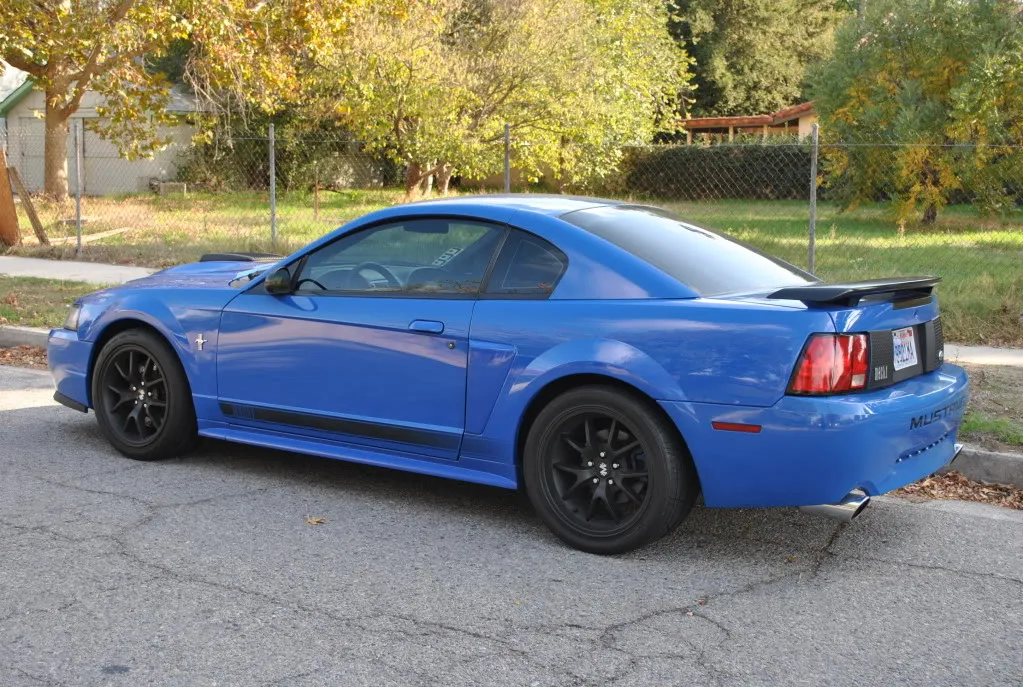
Regular cleaning and maintenance are crucial for preserving the condition of your diecast models. Dust and grime can accumulate over time, which can diminish the appearance and value of the car. Use a soft, clean cloth and mild soap to gently wipe down the surface. Avoid using harsh chemicals or abrasive materials. Inspect your models regularly for any signs of damage or wear. Promptly address any issues to prevent further deterioration. Proper cleaning and maintenance ensure that your models retain their beauty and value for years to come.
Displaying Your Collection
Displaying your Mach 1 diecast collection allows you to showcase your passion and preserve your models. Consider using display cases to protect your models from dust and accidental damage. Arrange your collection in a way that is both visually appealing and informative, such as by model year, color, or manufacturer. Good lighting can highlight the details of your models. Ensure the display area is free from direct sunlight and extreme temperatures. Thoughtful display enhances the value and enjoyment of your collection.
